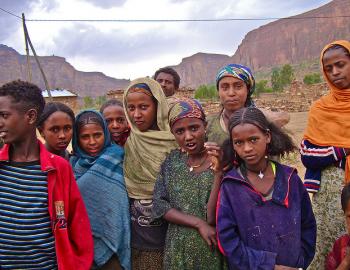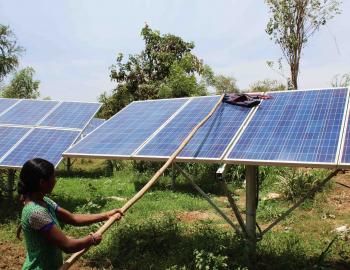Policy brief: A climate for solar power - Solutions for Ethiopia’s energy poverty
Policy brief: A climate for solar power - Solutions for Ethiopia’s energy poverty
Ethiopia Solar Power policy brief (0.42MB)
Share this:
Resource detail:
Date:
Author:
CDKN Global
Type:
Policy briefs
Themes:
Low carbon energy
Tags:
electricity generation,
solar power,
solar power,
solar power,
specific financing mechanisms
Solar energy is playing an important role in Ethiopia’s rural electrification by providing off-grid energy to households and enterprises across the country. Under the country’s Growth and Transformation Plan (GTP II), the Government of Ethiopia has set ambitious targets for expanding access to off-grid energy through solar technologies, including 3.6 million lanterns, 400,000 solar house systems and 3,600 solar photovoltaic (PV) systems for rural health centres, schools and other government service centres by 2020.
Key messages include:
- Achieving the goals will require significant private sector investment. Current policy does not provide attractive incentives or create a sufficient enabling environment for private sector investment.
- Improving policy alignment will attract the private sector to invest and have positive co-benefits of creating employment and reducing import challenges.
- The Government can increase certainty for the private sector by:
- - sharing knowledge of its grid expansion and off-grid plans so the private sector does not invest in places that are soon to be connected
- - speeding up importation processes and reducing the associated costs
- - creating incentives for local manufacture that will increase employment opportunities and reduce the need for foreign exchange
- - insisting on quality products that ensure sustainability and build consumer confidence
- - supporting financing options that make these products affordable to the poor (including pay-as-you-go models).



